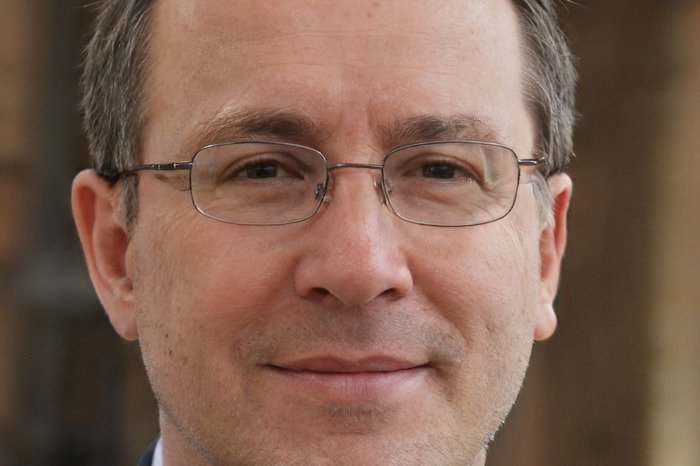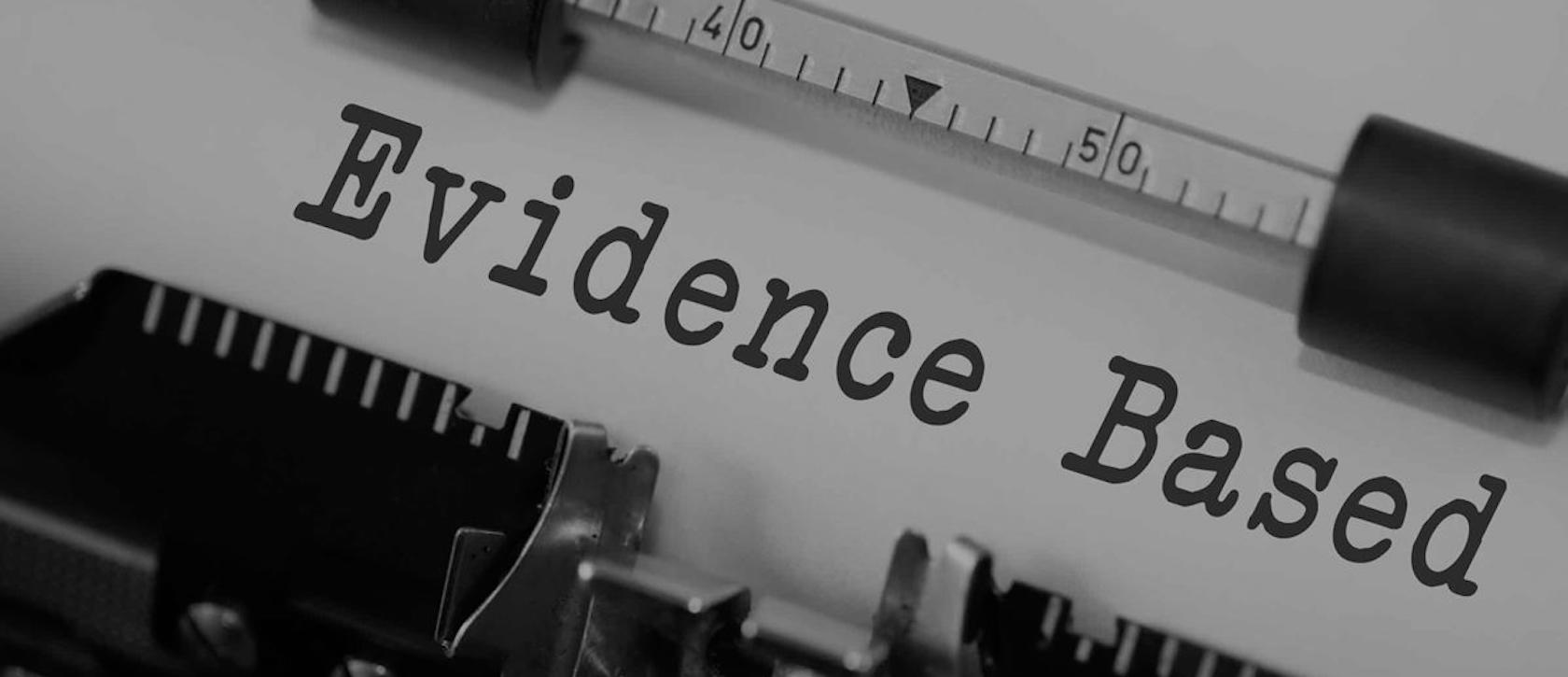
Everyone has their little quirks. One of mine is that around every six months, if I remember to do it, I Tweet and do a LinkedIn post asking if anyone is actually really, truly, honestly, definitely doing evidence-based practice (EBP) in their work. And if they are, can they please contact me as I’d love to hear from them.
I always include the CEBMa/CIPD infographic just to illustrate some of the things EBP means – such as multiple sources of evidence (empirical studies from the scientific literature, values and concerns of stakeholders, the professional expertise of practitioners, internal data from the organization), not just one or two, and critically appraising the quality of evidence – to make sure we’re talking about more or less the same thing and are at least in the same chapter if not on the same page.
Sadly for me, it doesn’t get much reaction. The few replies I do get fall into two categories. The first is from individuals who, possibly (or more likely probably) are a little affronted by my question and get back to say that what they personally do is actually really truly honestly definitely EBP. Then it goes like this:
Me: OK great. So you really do EBP like in the infographic?
Them: Yes, of course I do. Always have.
Me: Wow. Right. So can you perhaps share an example of something you’ve done where…?
Them: I have loads of data.
Me: Sure, so do you use multiple sources? Like in the infographic?
Them: Of course. We’ve got tons and tons of really good evidence. Do you know Professor X? She’s doing some really cool stuff.
Me: Right, so do you have an example? You know, where you, er, looked across multiple sources?
Them: Well, we did multi-level modelling with real-time employee and customer data. You know? Amazing insights.
Me: Yeah…so do you have a specific example of where…?
You can see where this is heading. In what’s starting to feel like the inevitable ending to these discussions it turns out that the person is indeed using evidence (everybody does) – which is fine – but they are not really truly honestly definitely doing EBP.
The second type of reaction I get is from those self-identifying as people analytics people who – usually way too breezily in my view – tell me that EBP is in fact of course precisely the same as doing people or HR or workforce analytics and so they don’t quite get what I’m going on about as people analytics people are all over this already and have been for ever so what is my silly weird little question all about? Eh?
Rather than have the same painful discussion again I’ve worked out what I think is a more efficient way of communicating to the people analytics people through analogy: Yes, using workforce data is great, but it’s not EBP because it comes from just one source.
The family doctor analogy goes like this: Suppose you go to see your doctor because you’ve been feeling quite unwell for some time. You sit down and start to explain your symptoms, but she doesn’t seem that interested. She interrupts your description to announce that she is going run a whole series of tests including CT scans, MRIs, X-rays, 24-hour ambulatory monitoring, blood tests, biopsies, etc. You might at that point feel reassured. That she was taking it pretty seriously. Supposing she then went on to say that she was intending to diagnose your illness and work out a treatment plan based solely on the results of these tests. She wasn’t going to talk to you. She wasn’t going to use any of her professional experience. She wasn’t even going to use any of the findings from medical science. How would you feel about that?
Well, analogy-lovers, this is precisely why people analytics is not the same as EBP. Looking at our own internal organizational data about our people is fine but if we only look at that, then we’re ignoring at least three other crucial sources of evidence.
By using multiple rather than single sources of evidence we are more likely to both understand and deal with problems.
Incorporating other sources of information provides a fuller picture, not only providing important information about consistency or contradiction, but also helping us know whether what we find is important or relevant to the people involved. In other words, by using multiple rather than single sources of evidence we are more likely to both understand and deal with problems.
I suppose most of us believe – or want to believe – we are evidence-based in the way we work and that the techniques we use, such as people analytics, are consistent with evidence-based practice. But just using evidence – particularly if it’s only from one sources – is not the same as evidence-based practice. CT scans are fine. People analytics is good. But on their own, they’re not enough.
Rob Briner is Professor of Organizational Psychology at Queen Mary, University of London and also co-founder and Scientific Director of the Center for Evidence-Based Management. His research has focused on several topics including well-being, emotions, stress, ethnicity, the psychological contract, absence from work, motivation, work-nonwork and everyday work behaviour.
__________
Related content
Did you like it?
Future for Work Institute operates on an annual subscription model that includes access to our calendar activities and knowledge repository resources, as well as in-company services.
Plan
Curiosity
Recommended for HR teams of between 5 and 20 people.
Plan
Pioneer
Recommended for HR teams of between 15 and 100 people.
Plan
Exploration
Recommended for HR teams of more than 100 people.
Plan
Horizons
For more complex organizations.
Already Registered? Log in here








